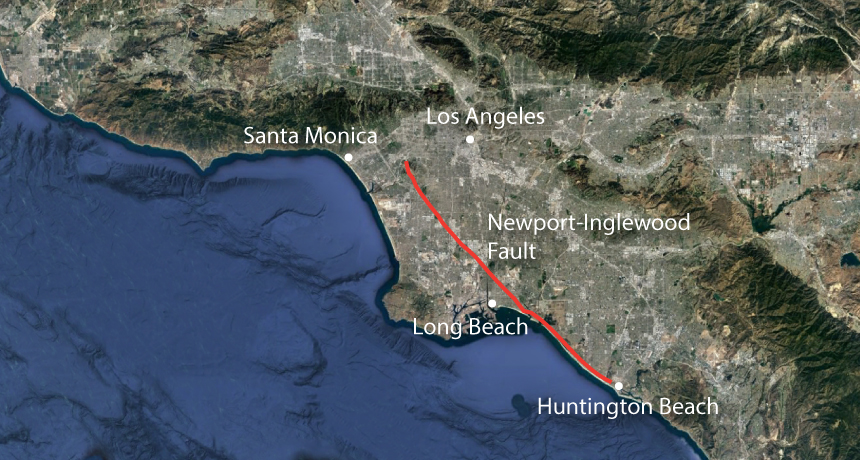
CURIOUS QUAKES A dense network of seismometers monitoring the Newport-Inglewood Fault in Southern California detected earthquakes originating from far deeper underground than once thought possible.
Google Earth

CURIOUS QUAKES A dense network of seismometers monitoring the Newport-Inglewood Fault in Southern California detected earthquakes originating from far deeper underground than once thought possible.
Google Earth